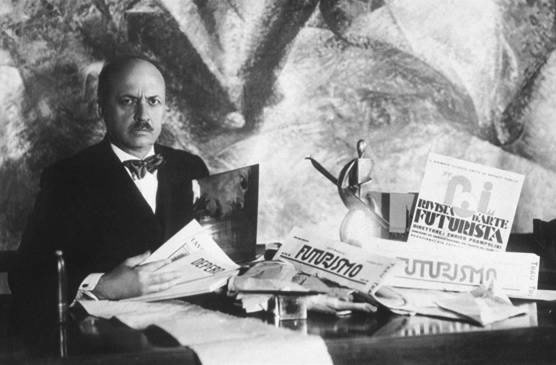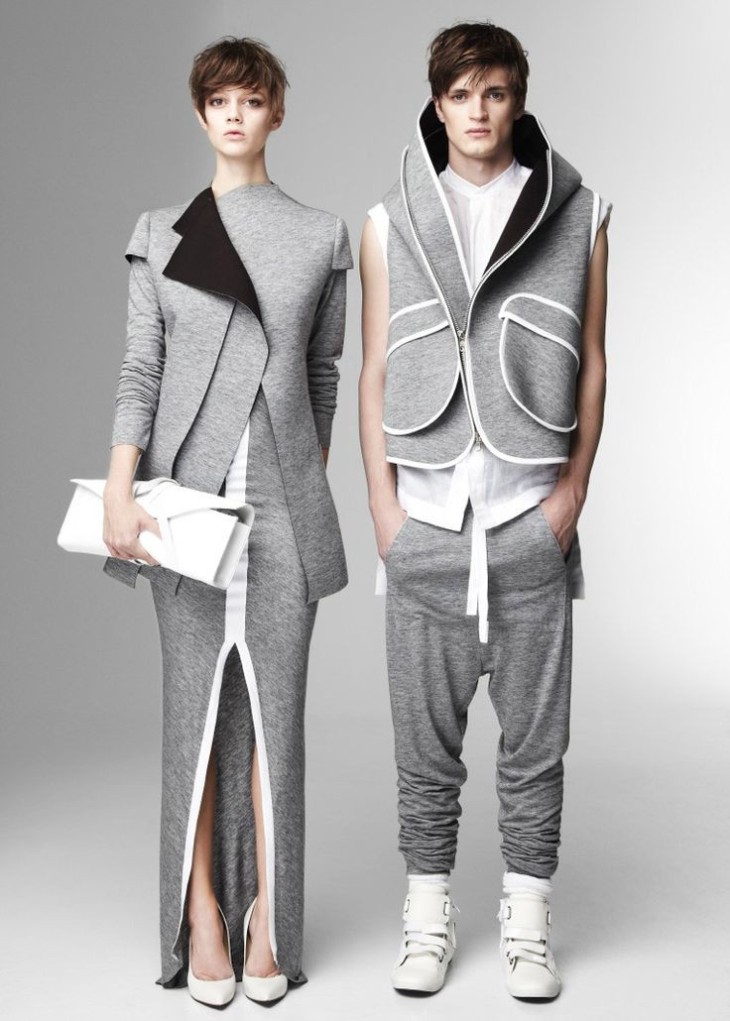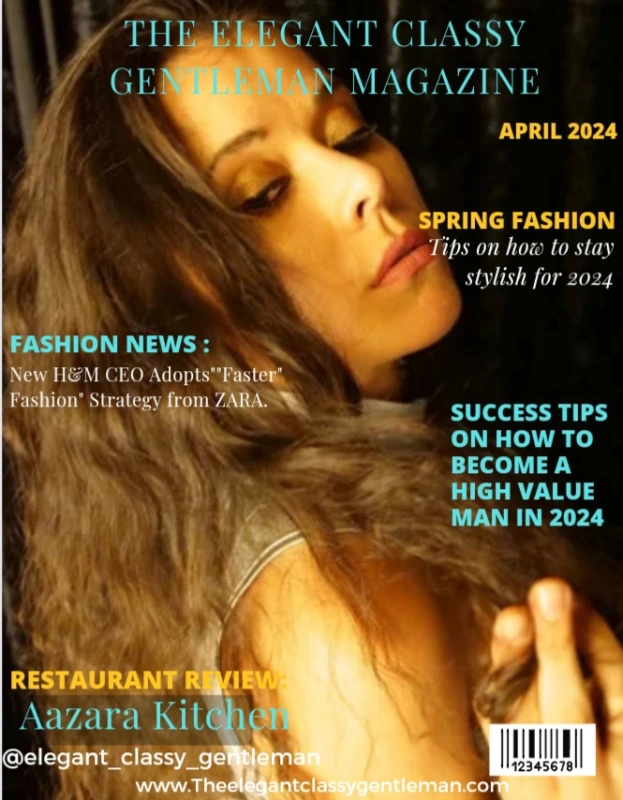Month / August 2018

Manifesto of Futurism by F.T. Marinetti 20th February 1909.
The Founding and Manifesto of Futurism:
- We intend to sing the love of danger, the habit of energy and fearlessness.
- Courage, audacity, and revolt will be essential elements of our poetry.
- Up to now literature has exalted a pensive immobility, ecstasy, and sleep. We intend to exalt aggresive action, a feverish insomnia, the racer’s stride, the mortal leap, the punch and the slap.
- We affirm that the world’s magnificence has been enriched by a new beauty: the beauty of speed. A racing car whose hood is adorned with great pipes, like serpents of explosive breath—a roaring car that seems to ride on grapeshot is more beautiful than the Victory of Samothrace.
- We want to hymn the man at the wheel, who hurls the lance of his spirit across the Earth, along the circle of its orbit.
- The poet must spend himself with ardor, splendor, and generosity, to swell the enthusiastic fervor of the primordial elements.
- Except in struggle, there is no more beauty. No work without an aggressive character can be a masterpiece. Poetry must be conceived as a violent attack on unknown forces, to reduce and prostrate them before man.
- We stand on the last promontory of the centuries!… Why should we look back, when what we want is to break down the mysterious doors of the Impossible? Time and Space died yesterday. We already live in the absolute, because we have created eternal, omnipresent speed.
- We will glorify war—the world’s only hygiene—militarism, patriotism, the destructive gesture of freedom-bringers, beautiful ideas worth dying for, and scorn for woman.
- We will destroy the museums, libraries, academies of every kind, will fight moralism, feminism, every opportunistic or utilitarian cowardice.
- We will sing of great crowds excited by work, by pleasure, and by riot; we will sing of the multicolored, polyphonic tides of revolution in the modern capitals; we will sing of the vibrant nightly fervor of arsenals and shipyards blazing with violent electric moons; greedy railway stations that devour smoke-plumed serpents; factories hung on clouds by the crooked lines of their smoke; bridges that stride the rivers like giant gymnasts, flashing in the sun with a glitter of knives; adventurous steamers that sniff the horizon; deep-chested locomotives whose wheels paw the tracks like the hooves of enormous steel horses bridled by tubing; and the sleek flight of planes whose propellers chatter in the wind like banners and seem to cheer like an enthusiastic crowd.

Neo-Futurism Fashion: Is the Future Now? (Part 1.)
(Part 1: In the Beginning)
Futurism which began in Italy around 1909, and was launched by Filippo Tommaso Marinetti and his Futurist Manifesto which appeared in various Italian newspapers and early magazines. “This first and highly successful manifesto was followed by others, such as that of the Futurist Painters. In 1912 the movement’s followers were 120,000. Giacomo Balla and Fortunato Depero introduced the concept of Futurist Fashion. Futurism was poetry, painting, music, and life, so also with fashion. A fully theoretical speculation, at least at the beginning, when Balla presented his Manifesto of anti-neutral clothing in September 1914.”

( Filippo Tommaso Marinetti )

(Giacomo Balla 1930)
“What evolved into a cultural movement that swept through other art forms, including fashion design. The Futurists called for a break with the past, and a celebration of everything new, urban and industrial. For fashion, Futurism meant fabrics, designs, colors and cuts that reflected audacity, movement and speed. Futurism faded with the onset of World War II, but the movement’s emphasis on revolt, risk and modernity continues to inspire fashion today.”

(Filippo Tommaso Marinetti’s Futurist Manifesto.)
“Futurism redefined the purpose of fashion. The movement gloried action and aggression, and Balla called for simple and comfortable clothing designed to allow the skin to breathe, and the body to move with ease. In 1920, Futurist designer Ernesto Michahelles, known as Thayaht, introduced a roomy, utilitarian, unisex jumpsuit called the tuta, short for the Italian word tutta, which means all. The tuta caught the attention of the public, and was the one Futurist design to achieve commercial success. Still, Futurism’s new emphasis on clothing designed to accommodate an active lifestyle was a genuine innovation and the start of what would eventually become modern sportswear.”

(Photo by Ugo Mulas 1966. Dress Mila Schon
Vogue Italia, July/August 1966)
“So as the idea of the future evolved, so did Futurism’s role in fashion. In the early 1960s during a fashion era that Vogue editor Diane Vreeland defined as “Youthquake,” miniskirts, vinyl dresses and neon colors signaled the same revolt against the past advocated by the Futurists.
A youth-dominated culture generated styles that stressed originality and equality. At the same time, Pierre Cardin and Andre Courreges introduced space-age collections that reflected the era’s interest and enthusiasm for space exploration. The new look was built on sleek, minimalist clothing constructed with geometric shapes. Designers introduced synthetic fabrics, plastics and metals into clothing that relied on colors such as metallics, day-glo and white for a futurist effect.”



